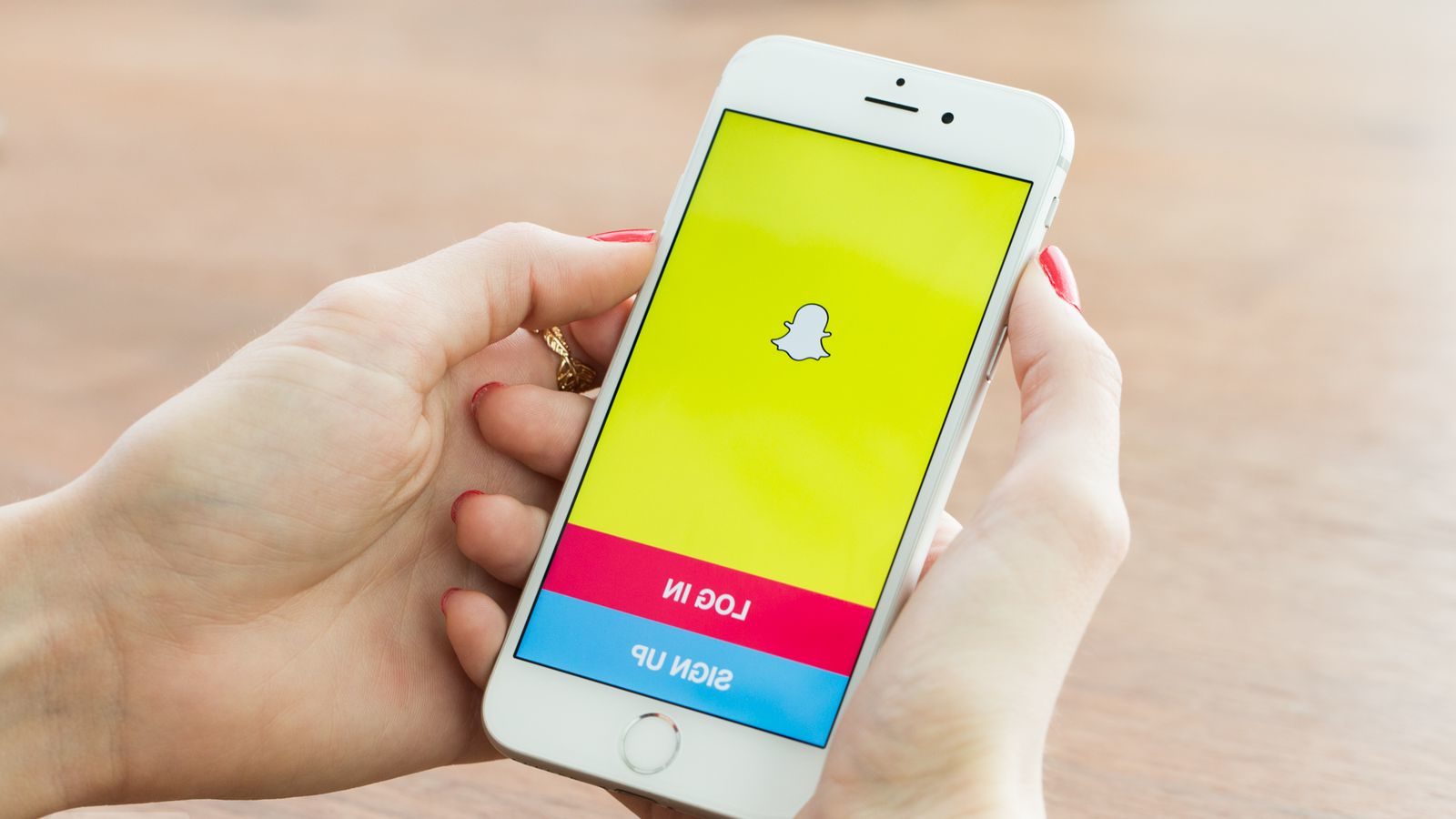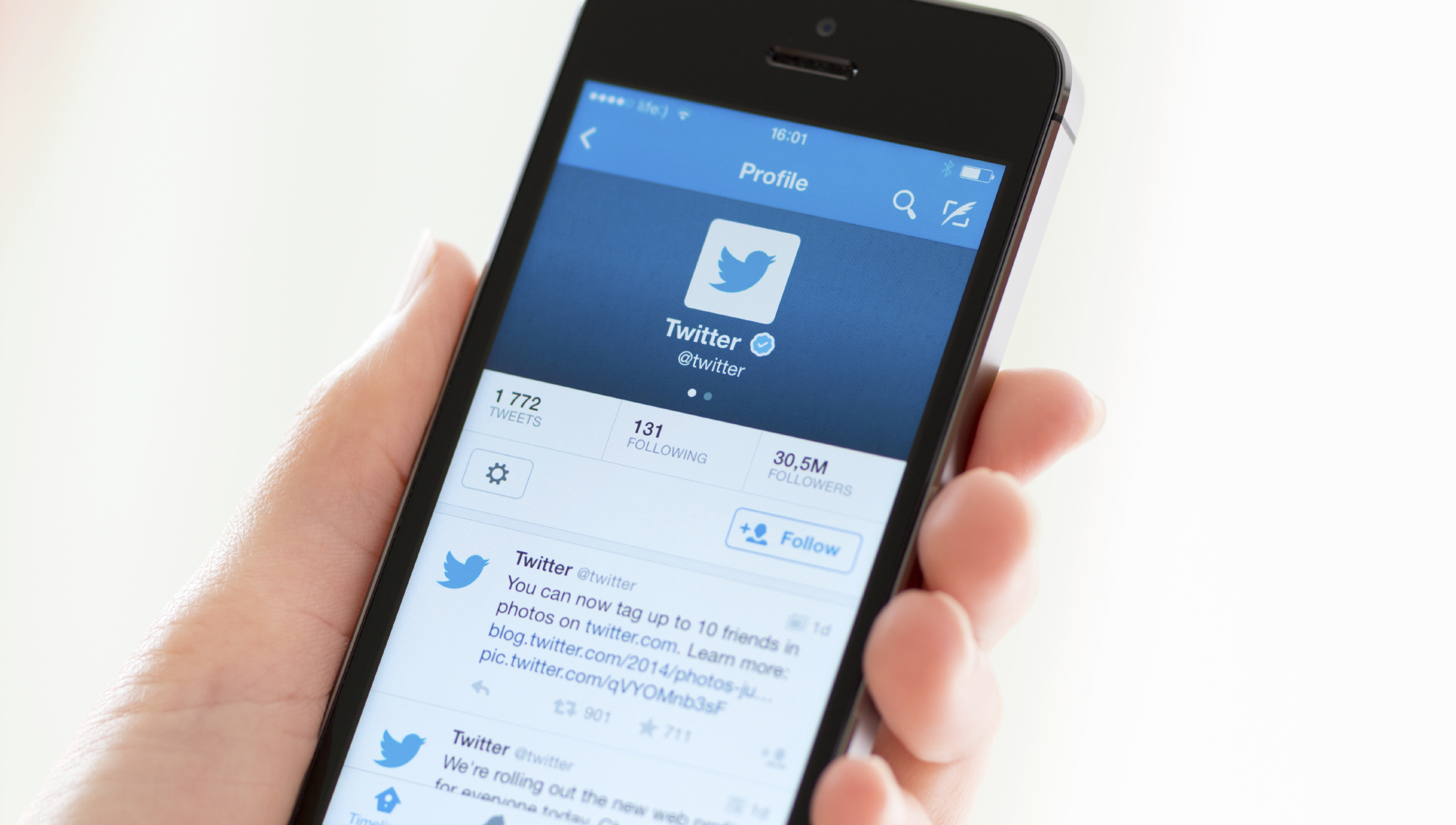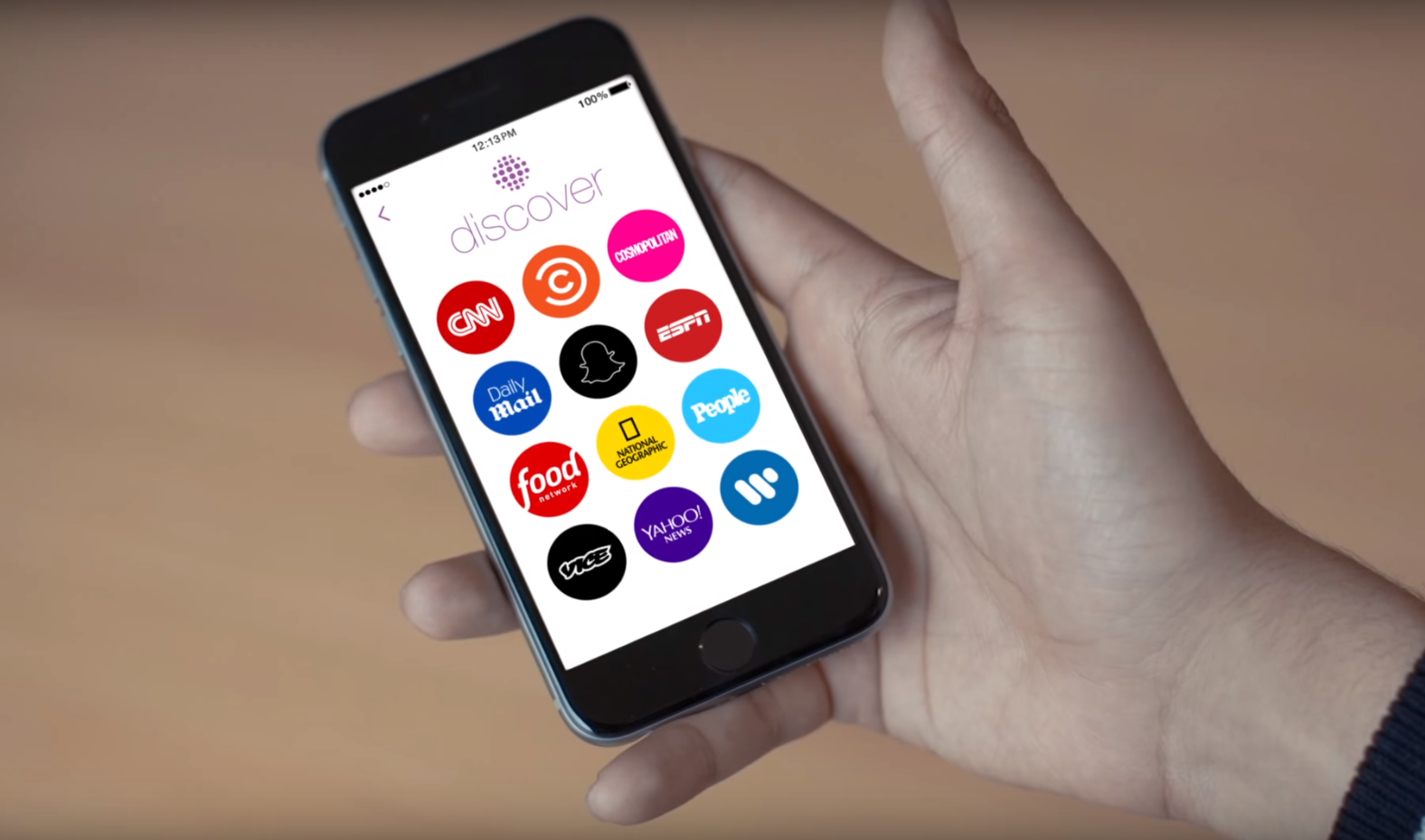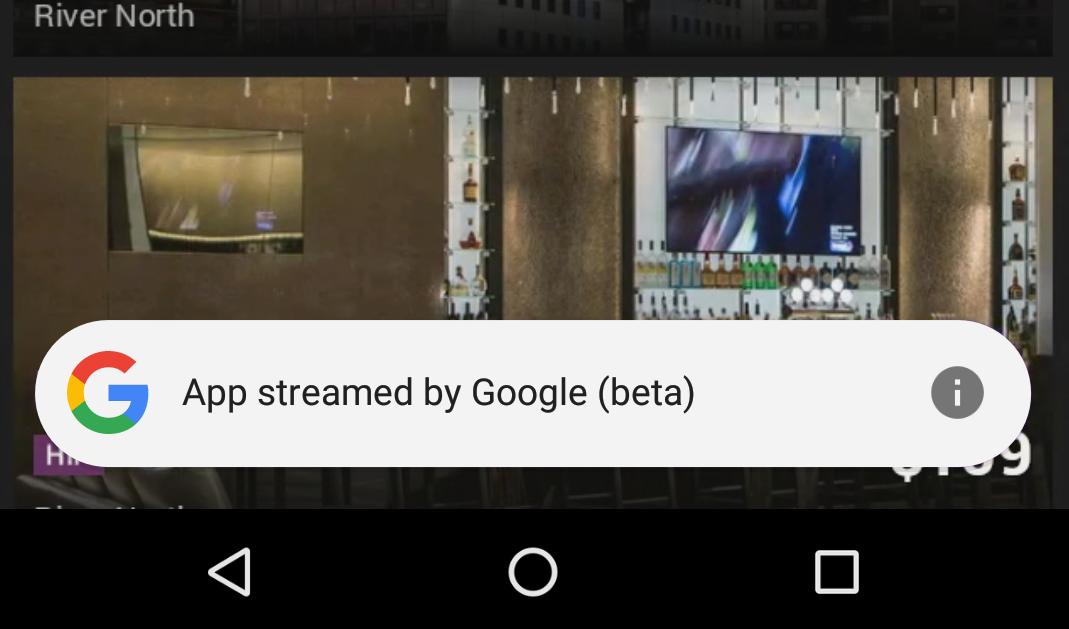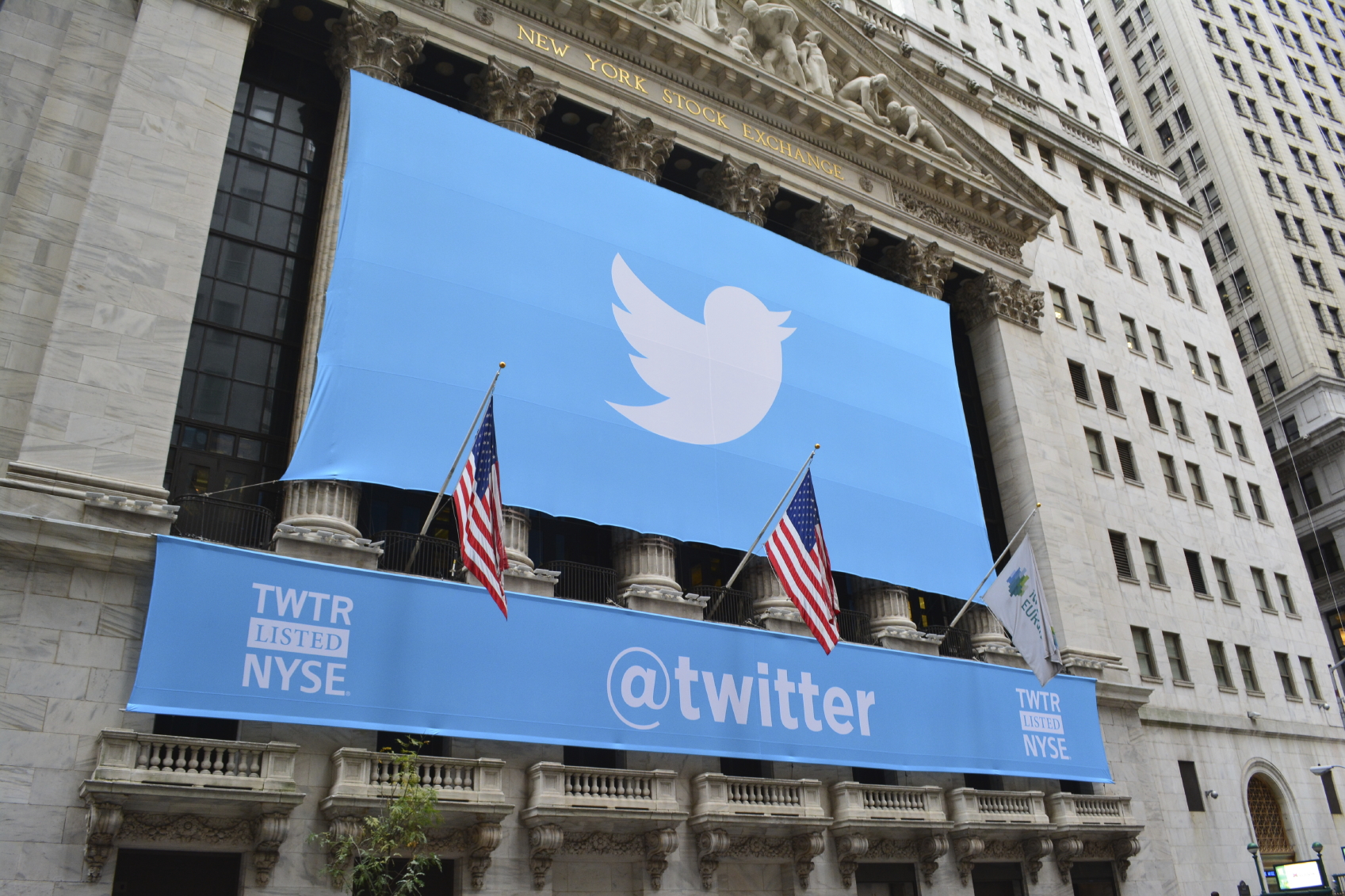What Happened
Facebook has updated its Dynamic Product Ads to allow brands to drive mobile app installs with more efficiency. Now brands with serving product ads on Facebook can instruct users that are browsing its product ads to install the branded mobile apps directly. This adds to the direct-response nature of the dynamic ad units, which delivers better results than ordinary mobile app install ads, according to Facebook, as they target users already interested in the product and brand.
What Brands Should Do
Just in time for the final push of this holiday shopping season, brands and retailers would be smart to leverage this new feature to spice up their dynamic ads and reach Facebook users more efficiently. Even if the installs don’t drive immediate returns, they can carry some long-term benefits, as having an app installed on a shopper’s smartphone keeps it top of mind.
For more information on how retailers can effectively reach connected consumers by taking a mobile-powered, omnichannel approach, check out the Boundless Retail section in our Outlook 2016.
Source: VentureBeat

